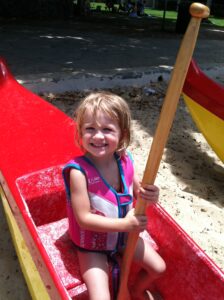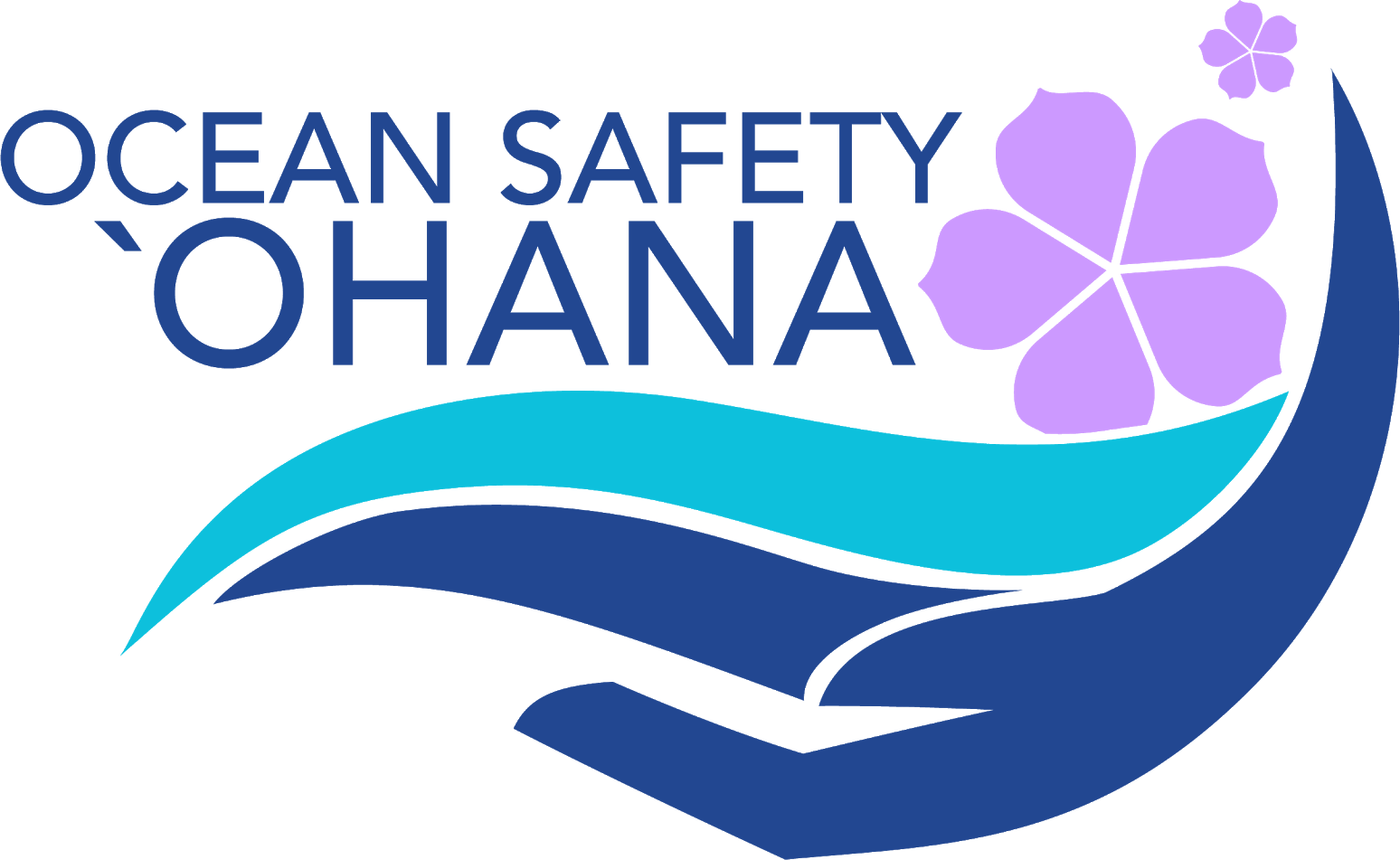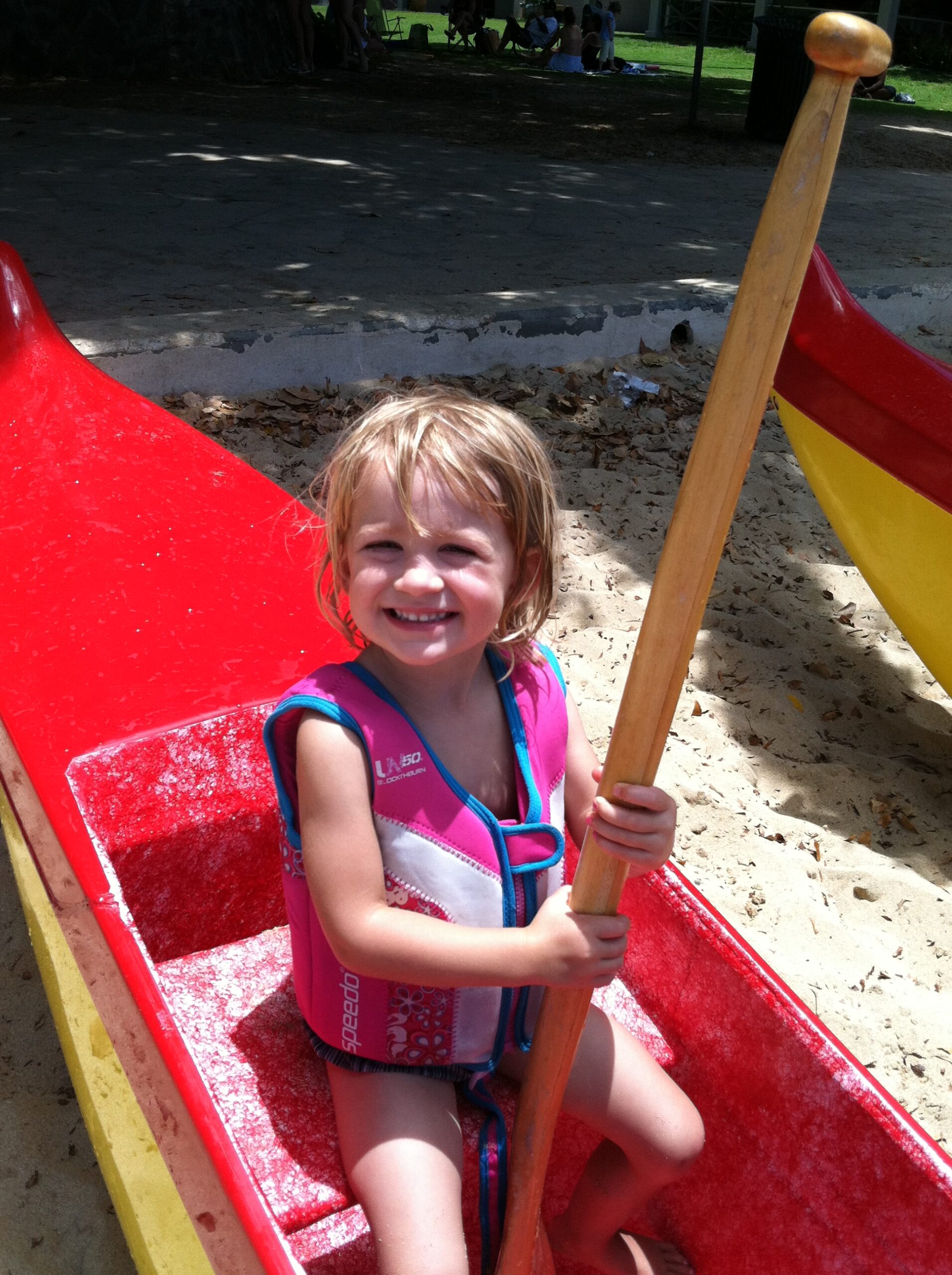Ocean Safety ʻOhana is a healing venture. I founded the organization after the loss of my husband and youngest daughter in an ocean accident on O’ahu in July of 2016. After the accident, it felt as if I had lost any sense of direction and grounding, all I could feel was the loss. I also knew that in order to be present for my two surviving daughters and to help metabolize my grief, I needed to find a way to do something to improve ocean safety in Hawai’i. Before I could look for solutions, however, I knew I needed to come from a place of profound humility and simply listen. In the midst of many life adjustments for my family, I spent the first couple of years reaching out to those who have a deep relationship to the ocean – lifeguards, lifelong watermen and women, and also kupuna and friends with cultural and spiritual insight into all things kai. Through all of those experiences, perhaps the deepest, most foundational thing that I learned was the concept and practice of kilo. Kilo can be translated as a careful observation of conditions, but it is much deeper than that. It is also listening to the na’au, our gut instinct, our intuition where our ancestors can come through to tell us what we need to know in that moment. I learned to ask, “Does this place feel safe? Are the conditions telling me that I have permission to be here? Or is this a time to sit and just watch and maybe go somewhere else?”
Duane DeSoto, founder of Nā Kama Kai, which hosts ocean clinics for keiki, shared that kilo starts at home before you even go to the beach. How does it feel outside? What is the weather? How does it feel on the way to the beach? When he gets to the beach he recommends watching the ocean for at least 20 minutes to get a sense of the variability. Pastor Kiha Pimental shared with me the importance of makawalu, which can be translated as ‘looking in eight directions’ and includes the external, internal, and spiritual perspective. Kahu Roddy Akau taught me that when you arrive at a place, you give it a scan and look to the farthest point. What can be seen at the horizon and even beyond? He taught me that it is important to look at the long view, not just at what is right in front of us, and to be ready, maka’ala. As he says, “You only get one chance.” In this listening, and in my own kilo, I became aware of the giant gap that exists between those who have this connection, often multi-generational and ancestral, and the widespread lack of ‘ocean literacy’ in our general knowledge base.
It was during these conversations that I approached Miki at Education Incubator to see if she could help with my vision to prevent other losses by facilitating greater collaboration among knowledge-keepers and stakeholders, and helping bridge to the wider community. As part of that effort, we developed a series of short videos at O’ahu beaches showcasing local organizations and watermen and women sharing their deep connection to place, and what ocean safety and stewardship means to them. We prototyped a map-based platform “Huaka’i, Mauka to Makai,” that we imagined could be populated with Hawaiian place names, mo’olelo, local insights, and also up-to-the-minute weather, tidal and safety conditions. It is my hope that an entity with the resources and network such as the State or the City and County of Honolulu will consider adopting this idea, especially now that there is a renewed emphasis on supporting Hawaiian culture and sustainable access to our island’s trails and beaches for both locals and tourists.
The other initiative we put energy and effort towards was increasing collaboration and communication among everyone working towards greater ocean and aquatic literacy for our keiki. According to the Hawaii Department of Health, between 2014 and 2018 the leading cause of injury-related mortality for Hawaiʻi’s keiki was drowning, and Hawaii has one of the country’s highest drowning rates, which is unacceptable for a state surrounded by water. These facts alone underline a very tangible issue that cannot be ignored any longer; less tangible and also serious is the cost of children not being able to access the ocean due to lack of aquatic education, and the loss of all that it can offer over a lifetime. We must look beyond just safety towards wellbeing, again at the physical, mental and spiritual levels. I often think about Kahu Roddy sharing how special it is when a child learns to float on their back for the first time, “When they breathe in and their chest expands and they float like that for the first time, their whole spirit opens up!” Several organizations have been leading the way in this area for many years, including Na Kama Kai with their ocean clinics, and the Hawaii Aquatic Foundation with their focus on bringing aquatic education and swim classes to schools. Ocean Safety ʻOhana has worked with Education Incubator to reach out to the educational community at several Schools of the Future Conferences to advocate for a more unified, overarching approach to swim safety and education. After our panel in 2019, Civil Beat ran two articles with an overview of the need,
Why Nearly Half The Kids In An Island State Can’t Swim and Hawaii Should Be First State To Require Student Swim Lessons.
This is of course no small task when considering the diverse requirements facing the private and public school sectors, and often the lack of funding or opportunity to develop curriculum and programs locally. A bright spot and opportunity at this time is the Hawaii Online Portal for Education (HOPE) initiative that is being architected by a number of local education experts led by Miki and EI. Through the HOPE platform and process, subject-matter experts are encouraged to host workshops with teachers to share with teachers what they know, and then teachers are encouraged to create lessons, units, and modules based on that content for their classrooms and to share with other teachers. This means that experts can share the basics of ocean and aquatic education via digital workshops for teachers, and teachers can adapt the material as needed to their classrooms and students, whether they are in public, private, charter, or alternative settings — a statewide collaborative effort is at last possible.

I have been asked if it is difficult to do this work given my family’s story. At times it is, but I feel a responsibility to be that voice at the table calling for courageous solutions that take us beyond the well-worn barriers of logistics, budgets, and departments. We can continue to take many small steps, and we can also put our heads together to envision a more comprehensive approach based on the concept of kilo, makawalu, and the long view. The ocean should not be seen as a liability, but rather as one of our greatest assets – it is our classroom, our gathering place, and our healing space. We have some of the greatest watermen and women in the world as well as a wealth of cultural knowledge to honor and nurture. By reaching out to the knowledge-keepers, by committing resources, time, and energy to increase our collective ocean and aquatic literacy, our keiki can be the next generation of this living legacy.
—
To participate in our Ocean and Aquatic Safety Education Content Institute for Teachers, click here.
To sign up for our newsletter click here.


